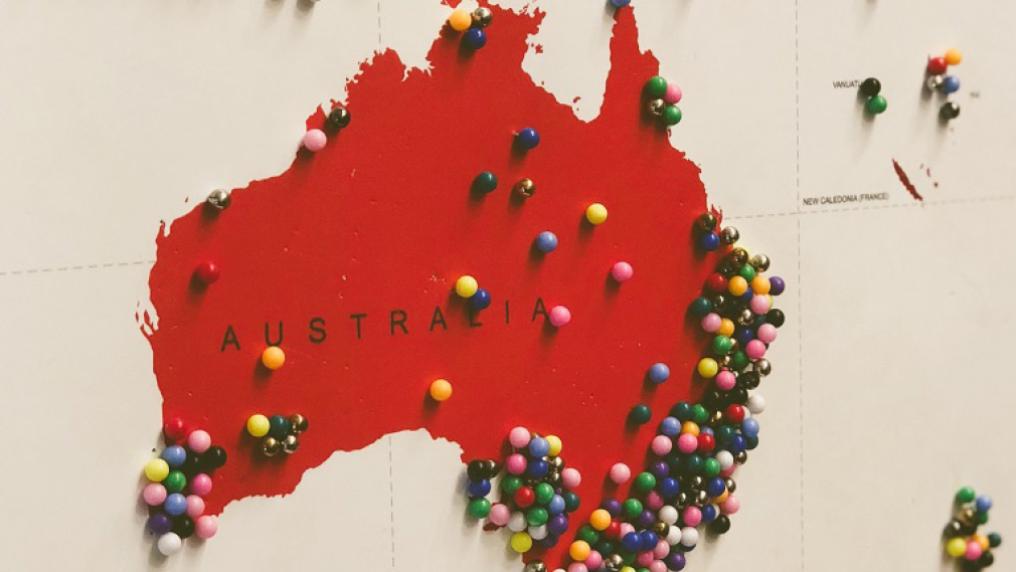Indigenous education: Why ‘big data’ tells only part of the story

Researcher Jen Jackson explains why presenting statistics on Indigenous achievement can be one of the most challenging aspects of creating large data studies of Australian education.
The Educational opportunity in Australia 2015 report, released this week, presents data on educational achievement for all Australians, from early childhood through to young adulthood.
In the report, we used available system-level data to measure achievement at four milestones: early years, middle years, senior school years, and early adulthood.
At each milestone, we showed results for specific groups of Australian learners, using disaggregated data where it was available. At all stages, the available system-level data was disaggregated for Indigenous Australians, reflecting the national interest in how Indigenous learners are faring.
The picture that emerged for Indigenous Australians in our report was all too familiar.
At each milestone, the gap between Indigenous and non-Indigenous learners was significant. Indigenous learners who fell behind at one milestone were also less likely to catch up at the next one.
These findings speak clearly to the ongoing urgency for education systems across Australia to strive for better outcomes for Indigenous learners.
But the ‘big data’ is only part of the story.
Holistic measures show engagement matters
Our report touches briefly on some of the complex issues that surround statistics on Indigenous education, each of which warrants further research.
To begin with, we suggest that the different outcomes for Indigenous and non-Indigenous learners in our report do not reflect differences in ability, but instead suggest a mismatch between the linguistic and cultural acumen that Indigenous learners possess, and the knowledge demanded for success in the education system.
Our report found that students who did not achieve at expected standards in the middle years had often experienced a decline in their engagement with school.
Perhaps tellingly, we found the widest gap between Indigenous and non-Indigenous learners was in the middle years of schooling, where we used data from national standardised tests (NAPLAN).
NAPLAN has been criticised for inadequately recognising the strengths and abilities of Australian Indigenous children, especially in remote communities.
Our milestones at school entry, senior secondary schooling and young adulthood used more holistic measures, not just measures of academic skills. On these milestones, the gap between Indigenous and non-Indigenous learners was narrower.
We also know that engagement matters, and that learners must believe in their own abilities in order to succeed.
Using data from the Longitudinal Study of Australian Children, our report found that students who did not achieve at expected standards in the middle years had often experienced a decline in their engagement with school, and belief in their abilities, over the primary school years.
That is, most Australian children – about three-quarters – arrive at school believing in their ability to succeed. For students who succeed at school, there is only a slight decline in their level of self-belief as they progress through the increasingly challenging primary school years.
We need to think carefully about the messages that we send to Indigenous learners, in classrooms, in policy – and in our data.
In contrast, students who do not experience success at school show a sharp decline in their belief in their own ability. While we can’t be certain about the direction of this relationship, it suggests that students may internalise what the education system tells them about their ability to succeed.
These findings may be especially significant for Indigenous Australians.
They remind us that we need to think carefully about the messages that we send to Indigenous learners, in classrooms, in policy – and in our data.
Celebrating Indigenous achievement
We need to celebrate success in Indigenous education, and the sites of Aboriginal advantage that show what communities can achieve. Our report shows that Indigenous learners can – and do – achieve at the highest international standards in reading, maths and science.
We need to create learning environments in which Indigenous learners know they can excel. This begins with incorporating Indigenous knowledge, language, culture and histories into curriculum and pedagogy, as well as into the measurement tools that give rise to ‘big data’.
The data in our report are not evidence of the failure of Indigenous learners, but evidence of the failure of the Australian education system
Most of all, we need to break the link between socioeconomic advantage and educational achievement, which our report shows is deeply entrenched at all levels of Australian education. A more equitable system will give Indigenous Australians the best possible chance of success.
The data in our report are not evidence of the failure of Indigenous learners, but evidence of the failure of the Australian education system to respond adequately to the unique capabilities and challenges of Indigenous communities.
We hope that our report will provide a solid platform for exploring these issues more deeply.
The author acknowledges the invaluable advice received from the Moondani Balluk Academic Unit at Victoria University.
Feature image: Flickr commons



